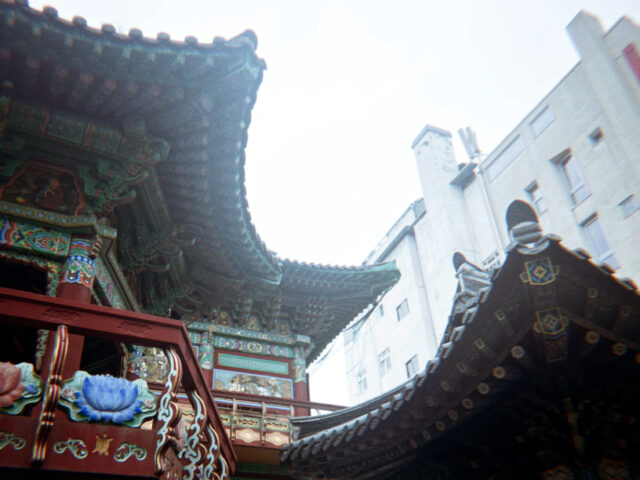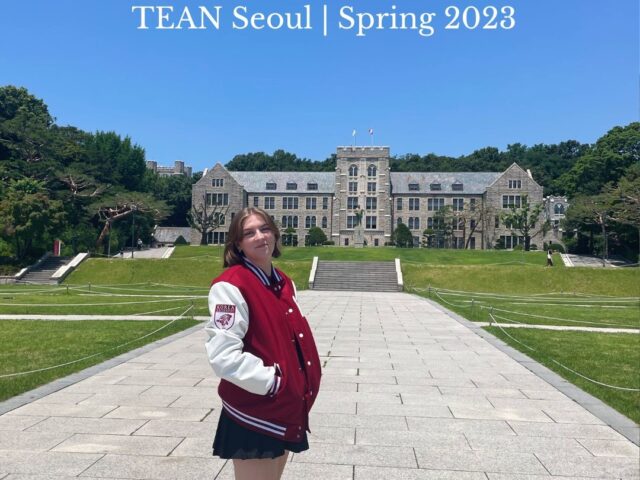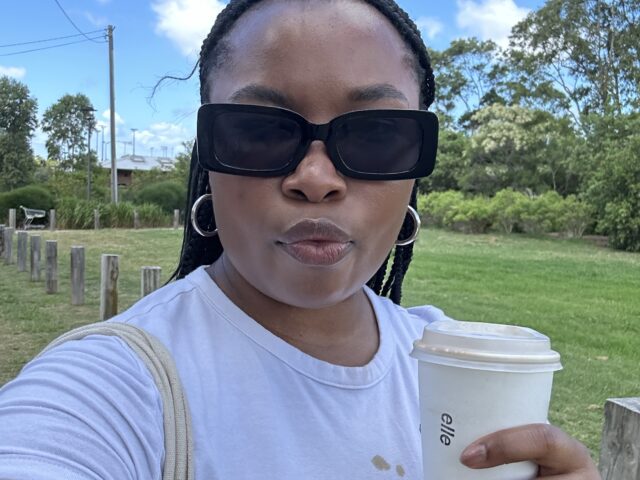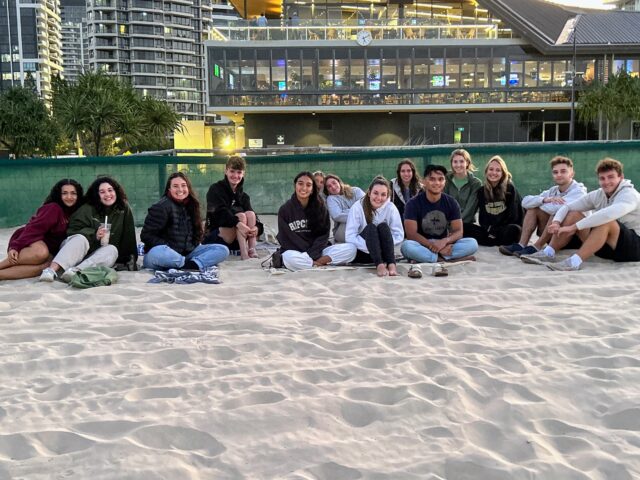외국인
(oegugin: Korean world for foreigner)
I have been studying abroad in South Korea for three months now, and I wanted to share my experience so far as a foreigner who isn’t ethnically Korean.
Stares
As a foreigner, you will likely face many stares, especially if you aren’t Korean. As Korea is a very homogenous country, those who aren’t Korean stand out. Nothing mentally prepares you for the stares you will get, especially from older Koreans. I knew beforehand that I was going to get them, but during the first two weeks, when I was either on my own or with my other foreign friends, I realized it was something I wasn’t used to as living in America; South Florida is very diverse, so I don’t particularly stand out in the way I may in South Korea.
A tip I would like to share is that, despite all the stares, it shouldn’t hold you back from exploring and enjoying your time in this beautiful country with so much to offer. It’s good to know that most of the time, the stares aren’t with bad intent. They are mainly out of curiosity, as not only will you stand out, but some Koreans still aren’t used to seeing many foreigners regularly. Korea has had more rapid globalization in recent years than in the past.
Finding a home away from home
Although I am thousands of miles away from home, I try not to lose touch with my roots. As a Latina from America, I was raised with both American and Latin American culture, both of which I am very proud of and love sharing with the rest of the world.
I am ethnically Mexican, Lebanese, Honduran, and Salvadoran. I was raised by my mom, who is from Honduras and is Honduran-Salvadoran, and my stepdad, who is American but Dominican-Colombian. Although the idea of being mixed and being raised in a fairly mixed household is very common in America, it is a pretty foreign idea in Korea, so when I share my background, I am followed by surprised reactions.
I do small things every day to keep in touch with my culture, like often listening to Latin music that I would hear back home as I walk the streets of Seoul. Another thing that helps is that living in the international dormitory allows me to meet people from all over the world. At times, I get lucky and find other Latinos, although they can be pretty few and far between.
Connecting with my culture
One way I have tried to connect with my culture is through food. If there is one thing that both Korean and Latin American cultures share, it is our love for food. Food is a major love language in both cultures.
I have tried some Latin American restaurants here in Seoul, and although it won’t be entirely the same, as most of the restaurants are run by Koreans, it is still enough to remind me of home and the foods I miss. My first encounter was when I saw a Mexican food stand at Lotte World. I tried the bulgogi quesadilla, which is a Korean-Mexican fusion food. To my surprise, the food and quality were really good. As much as I love Korean food, I find myself craving food from home.

My second time was eating at Vatos Urban Tacos located in COEX Mall in Gangnam. I ordered Carne Asada Tacos, and although I tried not to have high expectations, the food surprisingly exceeded my expectations.

Another time, I went with other Mexican Americans to a Latin American restaurant called Casa Latina, located in Hongdae. The second I stepped inside, I immediately felt at home and forgot I was in South Korea as we were greeted with an “hola” by the owner. The menu was everything I was looking for, as it had many meals that I would typically eat at home. The restaurant is run by a Korean-Ecuadorian who was raised in Ecuador and has a Korean father, who later moved to South Korea, where he founded the restaurant with his wife. I had the pleasure of speaking with the owner, who even offered us some tres leche cake as a treat.




Ways of cultural exchange
Korea University Buddy Program (KUBA) is a program where you are automatically assigned a “buddy,” who is a mentor that helps you adjust to life in South Korea, and a group. Each group hosts many events and weekly dinners, which gives an opportunity to interact with other international students and other “buddies” who are Korea University students. At these dinners, I like to participate in cultural exchange through conversations I have with others, whether that be sharing the Spanish language, talking about Latin foods, or sharing information along the way and finding similarities with Korean culture.


The International Student Festival (ISF) is an event hosted by the KUBA program that offers international students the opportunity to represent a country at the event. Although I could’ve chosen to be part of the booth for America, I decided to represent Mexico. Everyone is welcome to join whichever booth they are interested in. Each country that is represented includes some food or drink, a game or activity, and the event is followed by a talent show. Although I was not able to attend ISF, it is an event that you shouldn’t miss.

I am part of the Learning by Teaching Experience (LTE) Language Exchange Program on campus, in which I am assigned to a partner and plan to meet with them throughout my time here at Korea University. It is a program I highly recommend joining. For me, it was a language exchange for English and Spanish in exchange for Korean and a cultural exchange. I had an incredible experience meeting and becoming friends with my Language Exchange Partner this semester. She has taught me many things about Korean history and the Korean language, and I have taught her about Latin American culture and history, along with teaching her some Spanish.
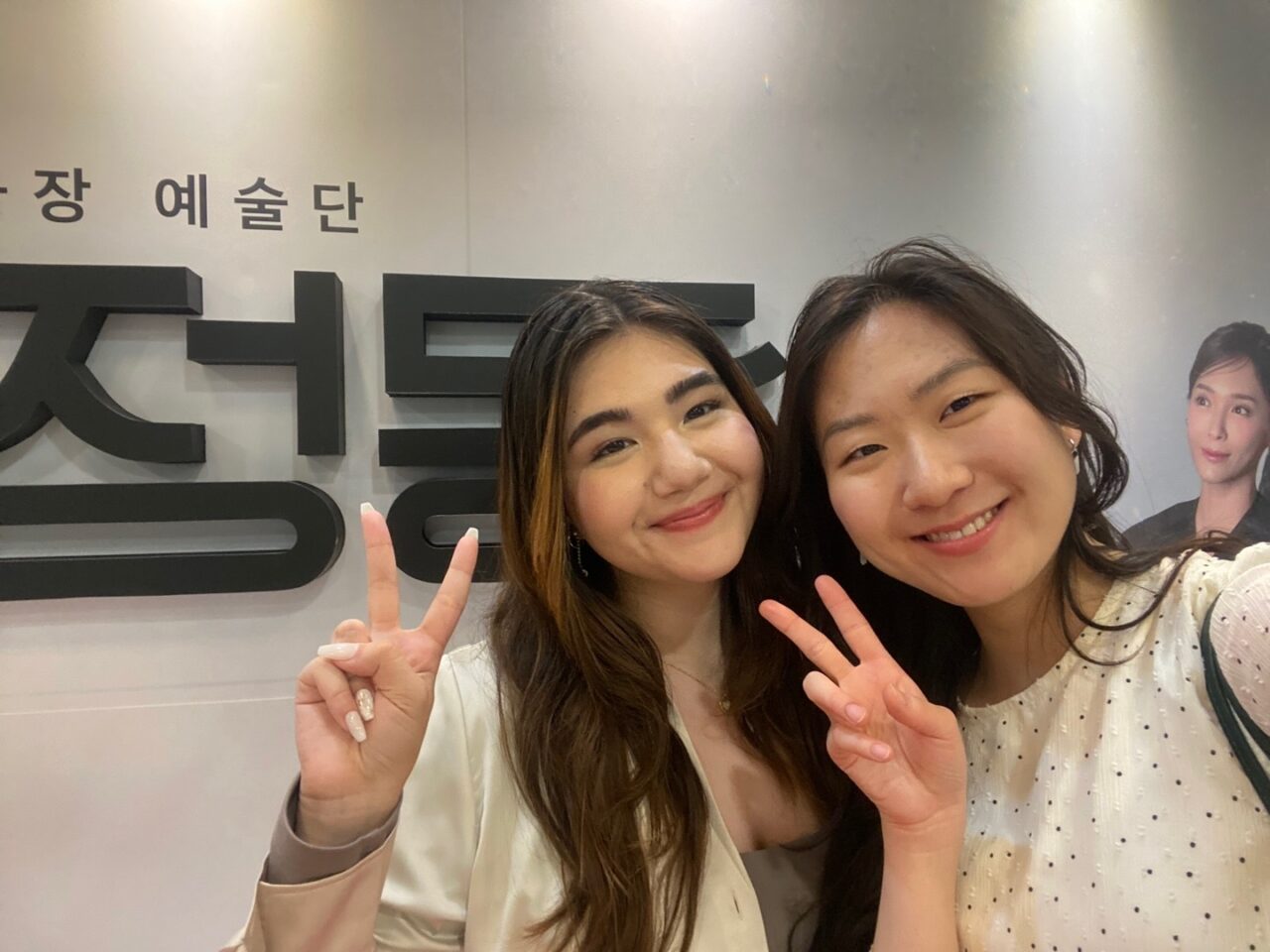
Takeaways
Ultimately, it is important to respect the culture of the country you are in. Here, I wanted to provide some key things to keep in mind when studying abroad in a foreign country.
The first thing is to try to learn the language, at least the basics, because a little can go a long way. Next, learn about the country’s history by visiting museums, historical sites, and cultural events; this is a big step toward cultural appreciation. Lastly is to interact with locals, although it can be a little intimidating; Speaking from my experience, Korea University provides many opportunities to do this, such as through KUBA, the Language Exchange Program, and there are many courses offered in English, so you can interact with Korean students who speak English. You can take advantage of these opportunities to practice the language.

My biggest takeaway is to stay open minded. By staying open minded, I have understood certain cultural differences, opened myself to new experiences and foods, and enjoyed my time abroad.
Emily Valdovinos, Florida Gulf Coast University, is studying abroad in South Korea with TEAN.




